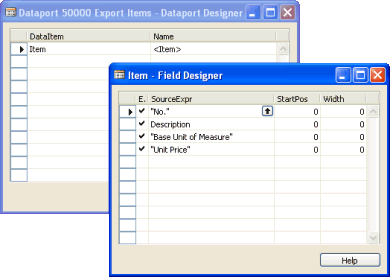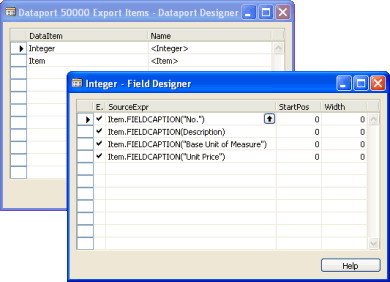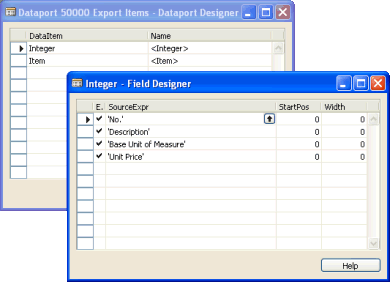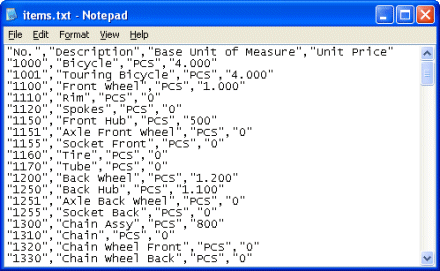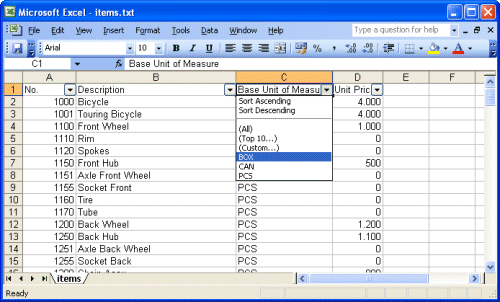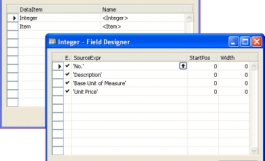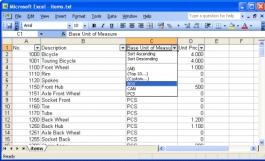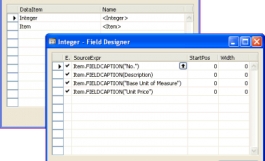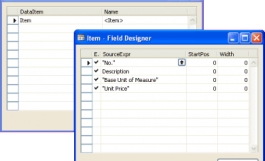How tos
How To export column headings in a dataport?
- Author
- Luc Van Dyck
- Date
- 02/09/2004
- Size
- 2,96 KB
- Downloads
-
3359
Detailed statistics
- Downloads today 0
- 30 day downloads 27
- Total downloads 3359
- Overall download rank #225 / 2084
- Today page views 1
- 30 days page views 6
- Total views 20432
- Rating






